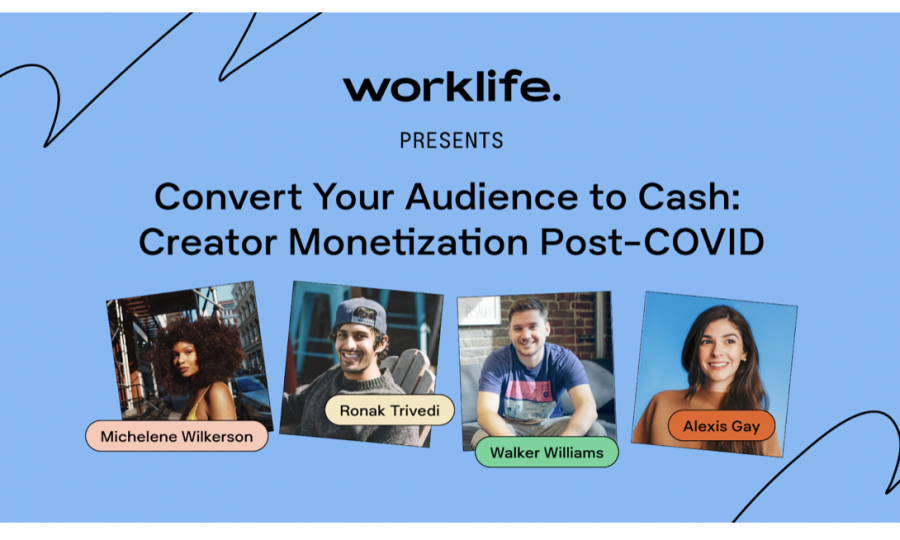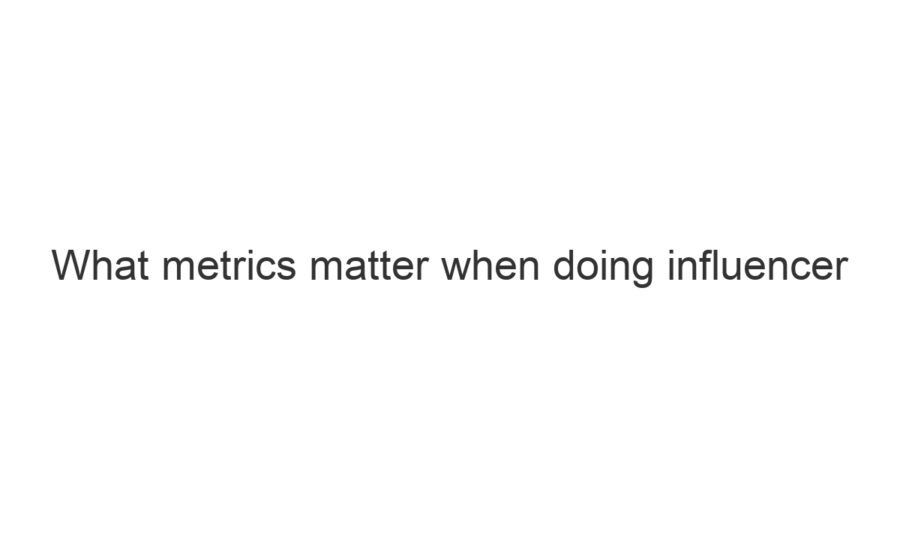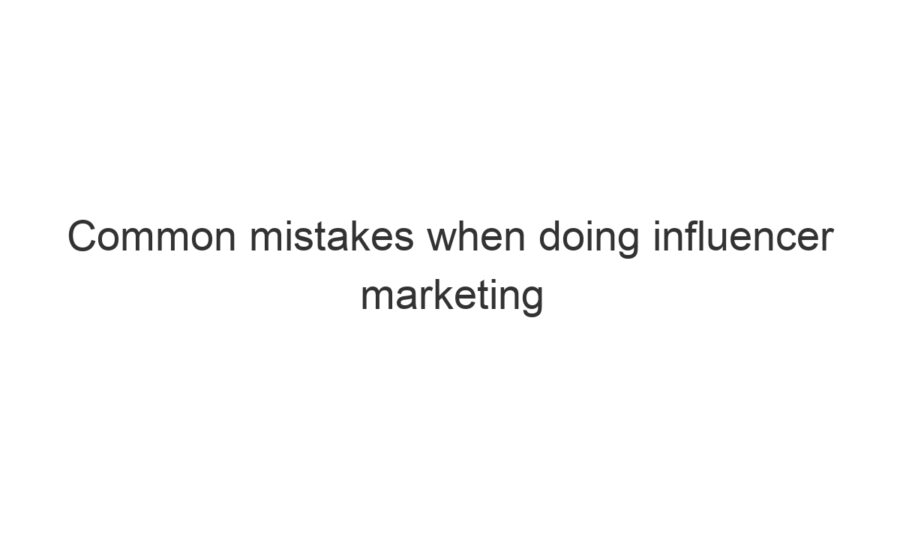I saw that WorkLife is hosting a creator event, on how to Convert your Audience to Cash: Creator Monetization Post-Covid. The session covers the methods and latest tech that can help grow the empire.

This post covers what I see as an important part of anytime a creator works with a brand. That is the aftermath: Handling the conclusion of the campaign and the wrap report.
You’ve finally nailed that big deal! You know what to do, doing the content is the easy part. But the hard part is what to do after that.
I thought I’d just down some thoughts, on handling the – the campaign is over – what now.
The biggest mistake is thinking that the hard work is over. It’s not. Now you need to report on the campaign. And reporting isn’t just saying what happened, it’s providing insight, value and helping the layman i.e. someone with no knowledge of the execution get an understanding of what it was, why it was created and the effect it had.
IF you can deliver that, you’ve done your job. You see the reason most brands don’t partner with a creator, or RENEW with a creator. Is because they don’t understand the value they got OR (AND MOST IMPORTANTLY) they can’t explain it others. So they don’t get internal support. Marketers are busy, the clearer they understand, the better it is for you. Win/win.
So how do you do that? Create a customized report. Let me get in to a good structure for telling that story.
Always start with the business objective, Mercedes wanted to reach sports fans to share the technology on their new hybrid. Be succinct. Be human.
Then articulate, who you are, and what they did. Mercedes partnered with BuzzFeed, because BuzzFeed has a sports audience. In partnership a series of posts were created and shared with the BuzzFeed audience.
Show the work in all its glory, use video but realize that the PDF is what will linger, so make sure the presentation still works fi the video isn’t playing.
Your rhythm should be work, data, insight. Show the work, highlight the key data. Then share the insights as the lingering thought.
Note where you sourced your data, the date ranges, links to a definition of metrics. Again everything that someone with fresh eyes on the campaign would be asking. Include this in the footer.
[Nudge provides you with a dashboard, that you can share directly with brands ?]
The output should be a 7-8 slide wrap report. Make sure it has your contact details at the back. The file size fits in an email.
Pro tip: Always share your numbers in a spreadsheet in addition to the visual version. Always. If it’s not needed, it’s appreciated and if it is easy. I know its not as pretty but the pros will notice.
Extra, for post-covid times, if you go in for a meeting. Leave a printed copy of the report, or a few. You’d be surprised how people hold on to that and where it may turn up later as the reason someone picks up the phone.
Share before the call if at all possible, so there are no surprises and if the client has time they can review. Then use the call to walk through it and allow time for Q&A.
The client may have arising questions, or if it is an agency, may want some revisions. Expect and anticipate this. Some big campaigns have had 4-5 revisions. For most work through 1-2 is probably ok.
And that’s it, if you can deliver that, you’ve just increased your futures profits.
If you want to get smarter on the business of content, subscribe to our newsletter for weekly stories, research, data and featured campaigns.

|
|---|



